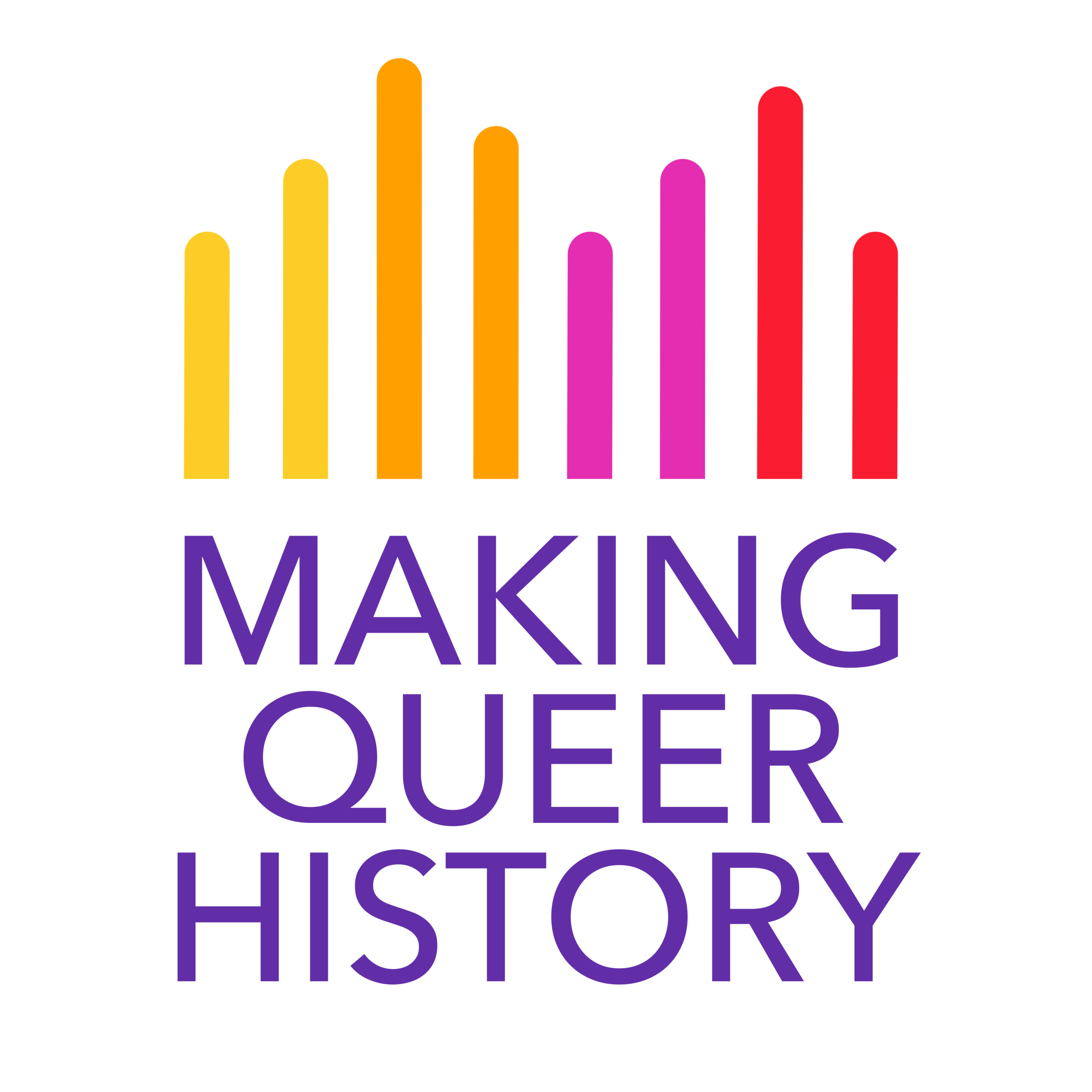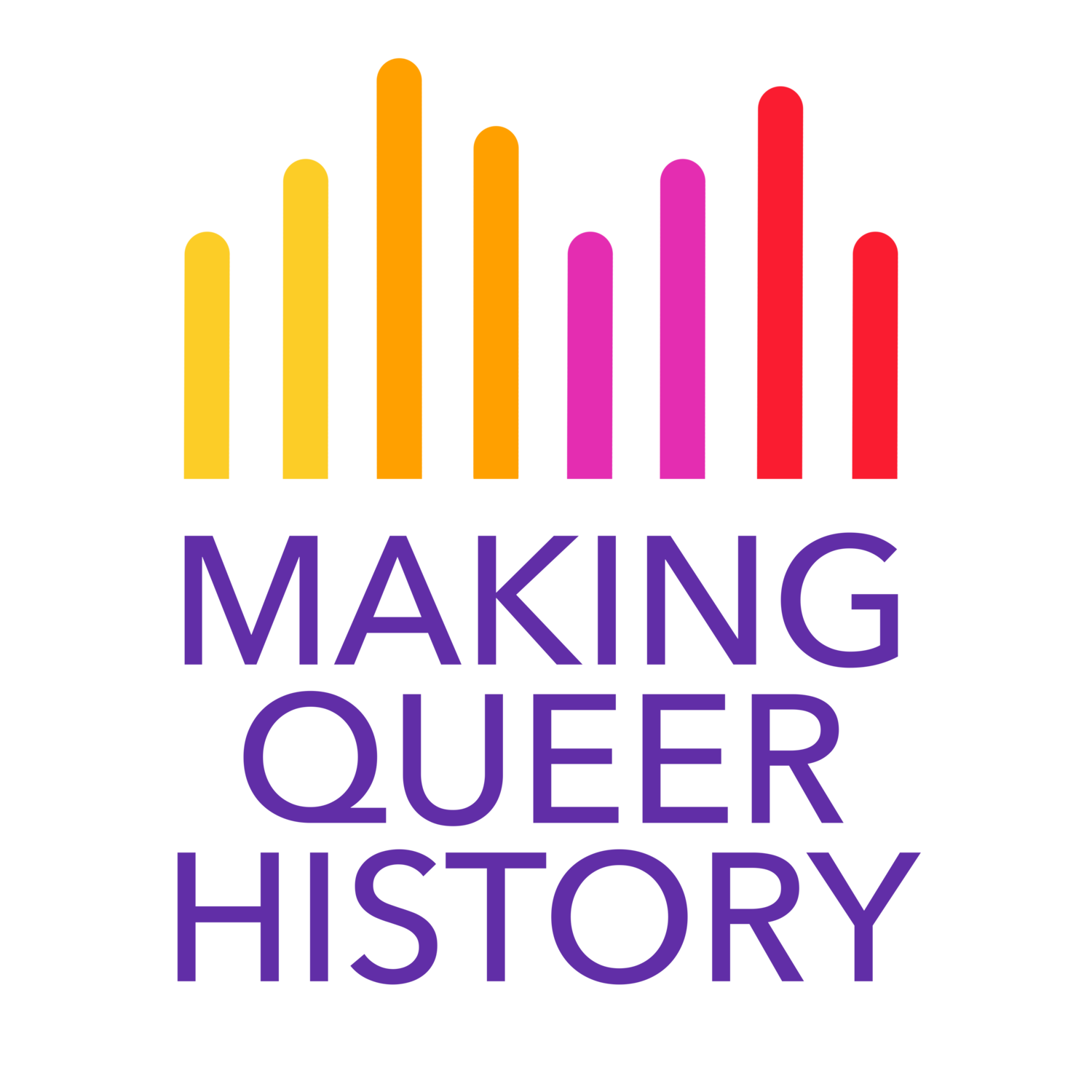The term "trailblazer" often gets tossed around, but in the case of ABilly S. Jones-Hennin, it fits with unparalleled precision. A lifelong activist, ABilly dedicated his life to reshaping the landscape of social justice and intersectional advocacy, and as an esteemed champion for the bi+ community, the broader LGBTQ+ movement, and specifically the BIPOC queer community, his work transcended labels and united disparate causes. His unwavering commitment to advancing equity for numerous marginalized groups—whether fighting for bisexual visibility, African American civil rights, LGBTQ+ liberation, or disability justice—set a powerful precedent for what it means to champion both inclusion and solidarity. ABilly’s unique ability to bridge often-segregated struggles demonstrated his deep understanding that liberation is inherently interconnected. Reflecting this ethos, ABilly famously once stated in a Metro Weekly interview, “I am [an] activist till death do I part. Once it gets in your blood, you may step back, but you can’t take it away.” It is thus imperative to honor ABilly S. Jones-Hennin’s remarkable accomplishments and ensure that his transformative contributions remain an enduring part of history.
Making Queer History has a vague title because it has a rather vague purpose. We are not alone in our aim to tell the queer community’s history. What defines us is our focus not only on the past, but toward the future.

